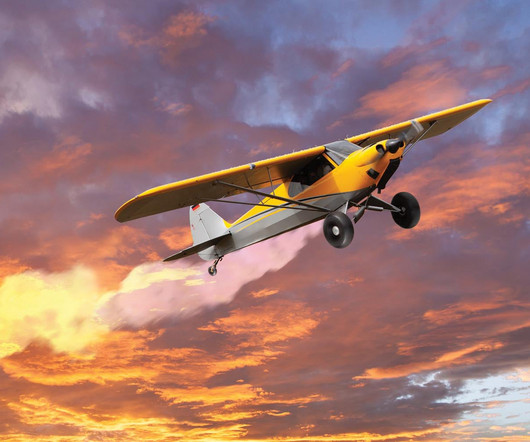Avoiding the Stall
Plane and Pilot
AUGUST 3, 2024
However, if you take a close look at the inboard upper wing surface of the B-52, you will see a neat row of vortex generators that correspond to the width of the horizontal stabilizer. These were added to manage the low speed air flow over the wings, stabilizer and elevators.













Let's personalize your content